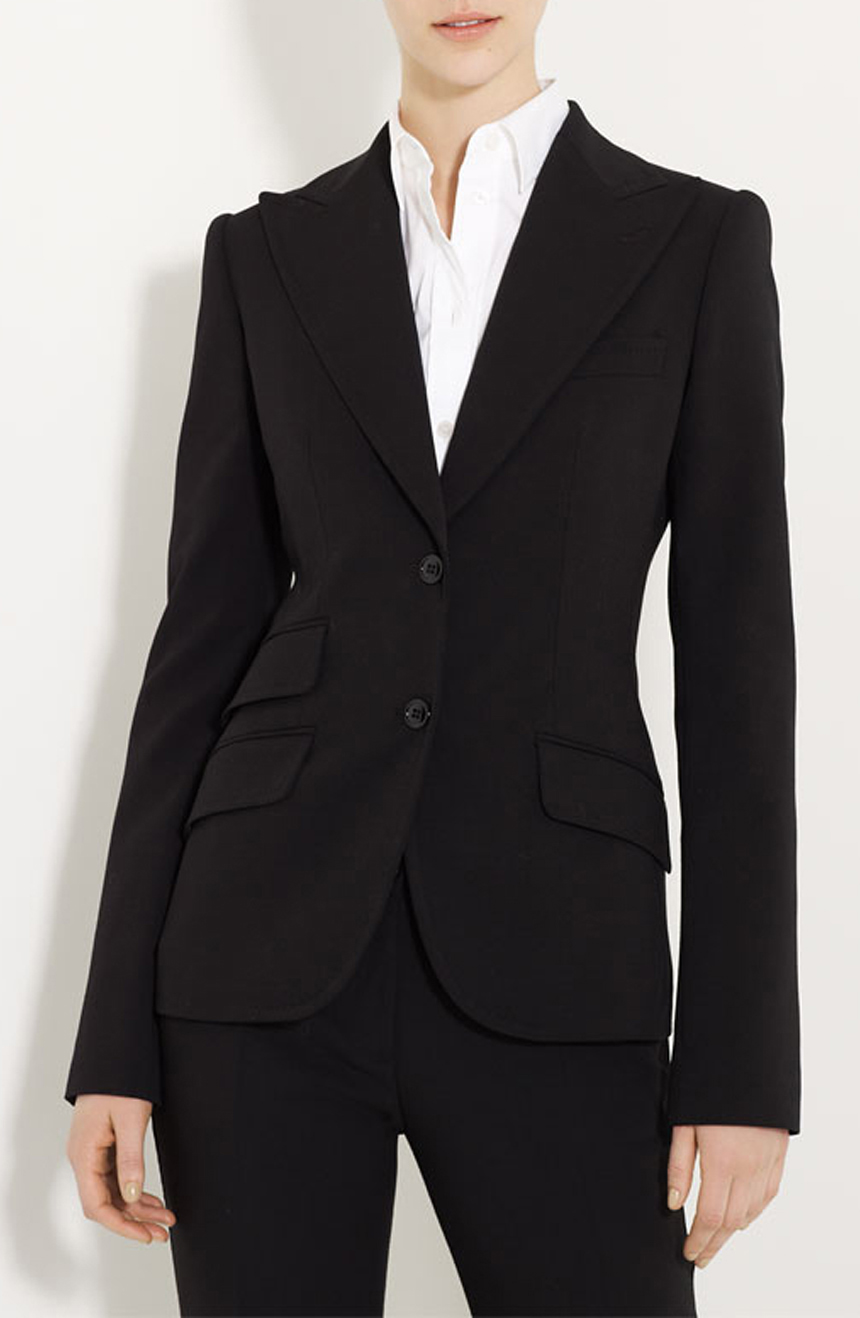Tailored Suits Perth: Boost Your Design with Custom Suits
Understanding the Tailoring Process: From Textile Choice to Last Suitable for the Ideal Wardrobe
The customizing process is a complicated interplay of art and scientific research, starting with the essential decision of textile option and culminating in the accurate adjustments of last installations. Each textile type brings distinct top qualities that influence not just the visual allure however also the garment's durability and suitability for numerous occasions.
Relevance of Textile Choice
Selecting the right textile is vital in the tailoring process, as it directly affects the comfort, longevity, and overall visual of the last garment. The selection of material establishes the structure for the garment's efficiency, functionality, and design. Different fabrics have special residential or commercial properties, such as breathability, stretch, and weight, which can considerably influence just how the garment drapes and fits the body.

A tailored piece made from an appropriate material not just showcases craftsmanship yet likewise raises the wearer's self-confidence. Comprehending the nuances of fabric selection is paramount for any type of tailoring undertaking. It makes certain that the end product not just meets the visual needs of the client however additionally straightens with functional requirements, thereby attaining a harmonious equilibrium in between kind and function in the customized wardrobe.
Types of Fabrics and Their Usages
Recognizing the various kinds of textiles readily available is essential for making notified choices throughout the tailoring process. Each fabric possesses one-of-a-kind characteristics that determine its viability for specific garments and celebrations.
Its adaptability enables it to be customized right into everything from t shirts to outfits. Its natural flexibility aids garments maintain shape over time.
Silk emanates deluxe and is light-weight, making it best for eveningwear and fragile shirts; nevertheless, it requires mindful handling as a result of its fragility. Bed linen, with its distinctive finish, is a popular choice for warm climates, giving a crisp and ventilated feel, yet it wrinkles conveniently, which may impact the garment's look.
Synthetic materials, such as polyester and nylon, offer longevity and resistance to creases, making them suitable for daily wear and energetic apparel. Understanding these fabric kinds and their residential properties permits far better decision-making, ensuring that each tailored item not just fits well yet additionally straightens with the intended function and celebration.
The Tailoring Methods Discussed
The art of tailoring depends on a range of strategies that change material right into well-fitted garments. Central to this process is pattern drafting, where a dressmaker develops templates based on the customer's measurements and wanted style. This preliminary action makes certain that the garment will fit the wearer correctly prior to any kind of cutting happens.
When patterns are established, cutting methods enter into play. Accuracy is paramount as errors can bring about misfitting garments. Tailors often use various reducing approaches, such as single-layer reducing for elaborate layouts and multiple-layer cutting for efficiency on common patterns.
Basting is another important technique, enabling tailors to temporarily sew textile assemble for an initial fitting (tailor perth). This method uses the possibility to analyze the drape and overall shape prior to final sewing
Seaming strategies, consisting of flat-felled joints and French seams, improve the garment's resilience and aesthetic appeal. Tailors likewise utilize techniques such as interfacing and cushioning to supply structure and shape to specific locations, like collars and shoulders.
Finally, finishing techniques, including hemming and edge completing, ensure the garment's durability while supplying a polished appearance. Together, these methods develop the foundation of effective customizing, leading to elegant, custom-fit apparel.

Suitable Adjustments and Factors To Consider
After the first customizing techniques have actually been used and the garment is constructed, suitable modifications come to be extremely important to achieving the excellent fit. These adjustments address different facets of the garment, ensuring it contours to the user's body shape and improves total look.

The rise of pants is an additional critical element; it ought to sit conveniently over the hips without causing pain, enabling ease of movement. Hemming lengths for both trousers and skirts ought to show the user's preferred style while valuing percentages.
Moreover, attention must be offered to the back of the garment, ensuring that there are no undesirable pulls or excess textile - bespoke tailor perth. Each change must be carefully thought about, as even minor alterations can significantly impact YOURURL.com the general fit and visual of the customized piece, inevitably resulting in a closet that exhibits confidence and sophistication
Preserving Your Tailored Clothing
Always follow the treatment label directions, which may recommend completely dry cleaning for fragile textiles or device cleaning for even more long lasting products. Avoid frequent laundering, as this can wear down the textile and my website change the garment's form.
Storage space is just as important; use cushioned hangers for jackets and coats to preserve shoulder structure, and store pants folded neatly or hung to prevent creasing. Secure garments from direct sunshine, which can discolor colors and damage fibers.
Furthermore, regular evaluations for small fixings can protect against bigger problems. Check for loose switches, fraying joints, or indications of moth damage, attending to these issues quickly to keep the garment's stability.
Finally, take into consideration seasonal rotation. Wearing customized pieces in small amounts enables fabrics to recover, extending their lifespan. By executing these maintenance approaches, you can guarantee that your customized garments stay as beautiful as the day you first wore them, boosting your ideal closet for years to find.
Verdict
The customizing procedure, including material option, knowledgeable strategies, and exact suitable changes, investigate this site plays a critical duty in developing garments that boost both comfort and style. Understanding the value of maintenance expands the life of customized garments, strengthening their value in a well-curated closet.